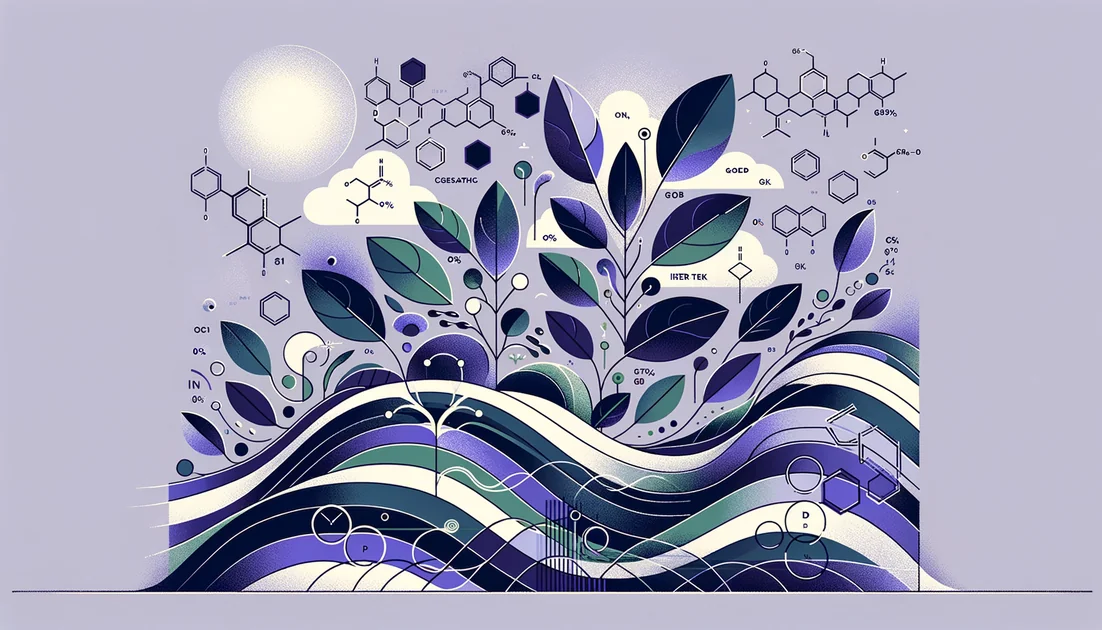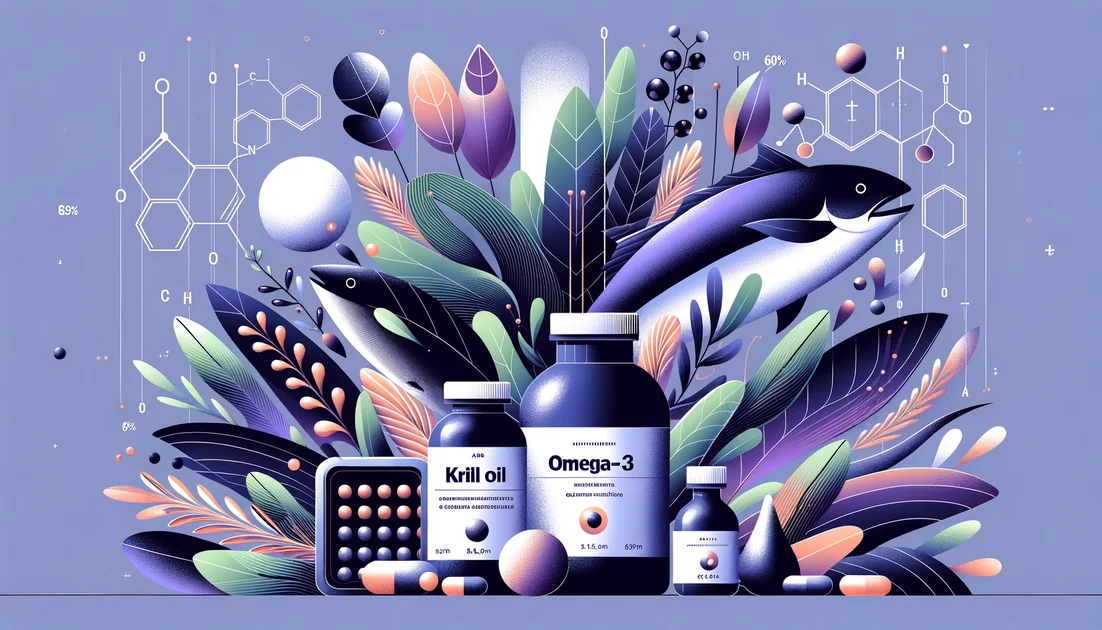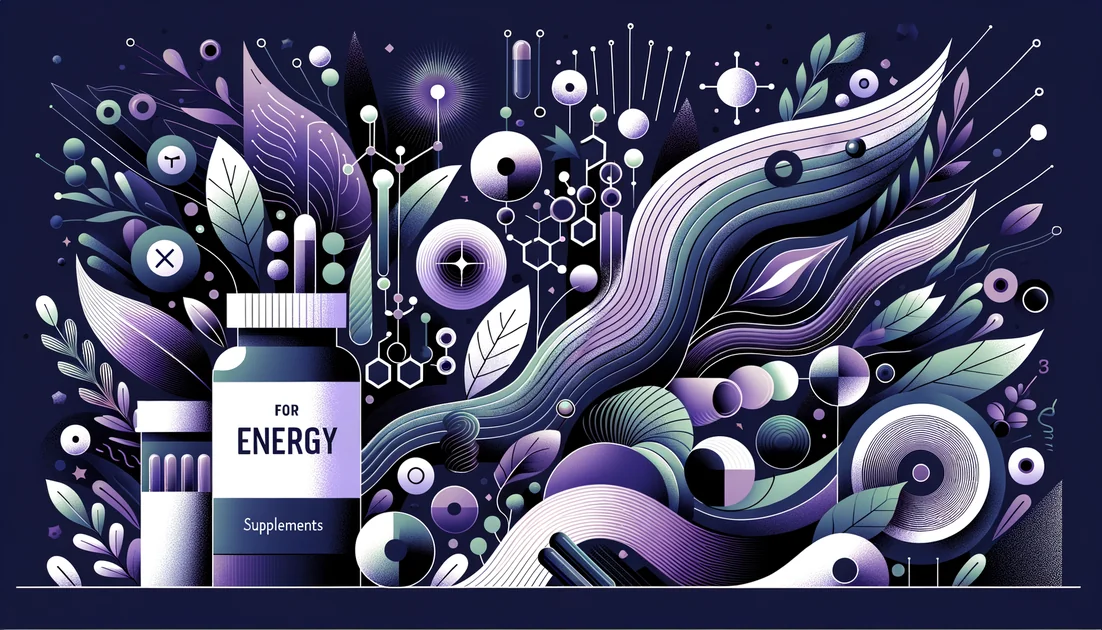
The Missing Passenger: How a Forgotten Amino Acid Walked Through the Body's VIP Door
Humans don't make L-ergothioneine—yet we evolved a gated "express lane" to pull it from food and stash it in our most vulnerable tissues. Why build a door for a nutrient we never manufacture? [1]
- Evidence
- Emerging
- Immediate Effect
- No → 8–12 weeks
- Wears Off
- Gradually over 2–4 weeks after stopping (inferred from retention data).
The transporter with no obvious cargo
In 2005, pharmacologists finally cracked a small mystery. A membrane protein, long mislabeled OCTN1, behaved oddly—it barely moved its supposed cargo. Then came the reveal: this transporter's true passenger was L-ergothioneine, a rare amino-acid-like compound we must eat. The team renamed it ETT, the ergothioneine transporter. It's highly efficient, sodium-powered, and placed like a red-carpet entrance in the gut, kidney, bone marrow, and immune cells—sites where the body seems determined to import and hold this molecule. In animals, once inside, it lingers for weeks. [1]
A thread from ergot to porcini
Ergothioneine's story began in 1909, when Charles Tanret isolated it from ergot fungus. Today we know it's made by certain fungi and bacteria and rises through the food web—mushrooms at the top, with oats, beans, and some organs carrying smaller amounts. Several culinary mushrooms—porcini, shiitake, oyster, and king trumpet—can pack the highest levels. [2] [3] [4] If you sauté mushrooms, you don't fry away their secret. Ergothioneine is unusually stable to heat and pH, and in people it shows up quickly in red blood cells and sticks around—some researchers even track it as a biomarker of mushroom intake. [5]
Why would we build a VIP door?
The body usually reserves special transporters for essentials. That's why biochemist Bruce Ames suggested a new category: "longevity vitamins"—dietary compounds we need not for short-term survival, but for long-term maintenance. Ergothioneine made his shortlist. [6] What makes it special isn't brute antioxidant strength; it's poise. Ergothioneine behaves like a patient bodyguard: it resists self-oxidation, can be recycled, and accumulates where damage tends to flare—red blood cells ferrying oxygen, bone marrow forging them, and tissues exposed to sun, smoke, or inflammation. [1] [5]
What the human clues suggest
Think of the evidence as a map with bright clusters and dim stretches.
A 21-year Swedish cohort tied higher plasma ergothioneine to lower risks of coronary disease and death. Each standard-deviation increase linked to reduced cardiovascular and all-cause mortality. Associations don't prove causation, but the signal was hard to ignore. [7]
U.S. nutrition data showed mushroom eaters had lower odds of depression, possibly reflecting ergothioneine's role as a dietary anti-inflammatory. Again, association—not prescription. [8]
In pregnancy, women whose early-pregnancy ergothioneine levels sat above a high threshold were far less likely to develop preeclampsia, hinting that achieving truly high circulating levels might matter. Intervention trials are now warranted. [9]
Then come the first randomized trials. In 2025, a 16-week, double-blind study in older adults with memory complaints tested 10 or 25 mg/day. Objective cognitive gains were modest, but two signals stood out: dose-dependent improvements in getting to sleep and in subjective prospective memory at 25 mg/day. Blood levels rose three- to sixteen-fold, confirming excellent uptake. [10] A pharmacokinetic-guided trial estimated that about 8 mg/day for 16 weeks could also improve subjective sleep. [11] Beyond the brain, a 12-week study using a mushroom strain rich in ergothioneine (≈25 mg/day EGT) improved skin moisture versus placebo. [12] These are not miracle-cure results; they're puzzle pieces. Together with the transporter story, they suggest the body values ergothioneine enough to stock it—especially over weeks—while clinical effects emerge first in softer endpoints like sleep initiation and skin hydration.
Voices from the field
"ERGO is a little-known but potent antioxidant.. found naturally in our food that shows promise to help save us from many of the chronic inflammatory diseases that plague us today." — Robert Beelman, Penn State. [16]
"Unlike some compounds that have been tested, it also seems to go into the brain." — Barry Halliwell, National University of Singapore. [17]
The soil surprise
Here's a twist: plants don't make ergothioneine; they borrow it from soil fungi. When fields are aggressively tilled, those fungal networks fray—and the ergothioneine content of grains can drop by roughly a third. That's an ecological footnote with a human echo: populations consuming more ergothioneine (for example, in parts of Europe) often show lower rates of certain age-related diseases, though many diet and lifestyle differences tangle that picture. [18] [19]
How it likely works (no jargon required)
Think of reactive by-products of metabolism as sparks. Most of the time, our internal sprinklers (like glutathione) handle them. Ergothioneine is the fire blanket tucked where sparks are common. It doesn't rust or smoke while waiting; when used, it can be re-readied. [1] [5]
The dedicated transporter is like a bouncer checking IDs; without ETT, ergothioneine barely enters cells. With ETT, it concentrates in red cells and selected tissues—an elegant hint of biological priority. [1] [20]
In the brain, transporters even show up at sites tied to dopamine and mitochondria, offering a plausible route for neuroprotection that researchers are now probing. [21]
What you can do right now
Eat the sources: Make mushrooms a regular guest (shiitake, oyster, king trumpet, porcini when you can), plus whole-grain and legume staples. Cooking won't erase ergothioneine. [3] [4] [6]
If you supplement: Early trials used 8–25 mg/day for 8–16 weeks. Regulatory bodies have reviewed intakes up to 30 mg/day as safe for the general population, with wide safety margins. Choose products that disclose "L-ergothioneine," show third-party testing, and note FDA GRAS or EFSA Novel Food status. [10] [11] [13] [14] [15]
Patience matters: Expect measurable blood-level changes within weeks; subjective sleep or skin changes often appear by weeks 8–12 in studies. [10] [11] [12]
What we still don't know
Is ergothioneine truly a vitamin, or just vitamin-like for long-term maintenance? The transporter argues "important," while trials so far say "promising but not proven" for hard clinical outcomes. Larger, longer studies (for cognition, cardiovascular events, pregnancy outcomes) are in motion. Until then, mushrooms plus prudent dosing offer a grounded, low-risk way to explore its benefits. [6] [9] [10]
Key takeaways
- •Humans express a high-affinity ergothioneine transporter (ETT), implying physiological priority. [1] [20]
- •Mushrooms are the richest dietary source; cooking preserves ergothioneine. [3] [5]
- •Higher plasma ergothioneine associates with lower cardiovascular mortality; mushroom intake associates with lower odds of depression (observational). [7] [8]
- •Early RCTs: 8–25 mg/day over 8–16 weeks improved subjective sleep and skin hydration; cognitive effects were modest. [10] [11] [12]
- •Safety reviews (FDA GRAS, EFSA) support intakes up to ~30 mg/day for the general population. [13] [14] [15]
You might also like
Explore more of our evidence-led investigations, comparisons, and guides across every article style.

Protocol For Life Balance
Practitioner line with big-lab muscle—and a transparency gap

Fish Oil (EPA+DHA from fish oil) vs Krill Oil (Antarctic krill oil)
For most people seeking proven heart benefits or triglyceride lowering, choose fish oil (or prescription EPA) because outcomes data are strongest. Pick krill oil if you prefer smaller caps and potentially gentler GI feel, knowing EPA+DHA per capsule is usually lower. [4][6][1]


Eicosapentaenoic acid (EPA)
Two cardiology megatrials tested "fish oil." One slashed heart attacks; the other did nothing. The twist? Both were omega-3s—only one was nearly pure EPA.


Tocotrienols
The stealthier cousins of vitamin E—built with springy tails that move differently in cell membranes and behave differently in your body.

